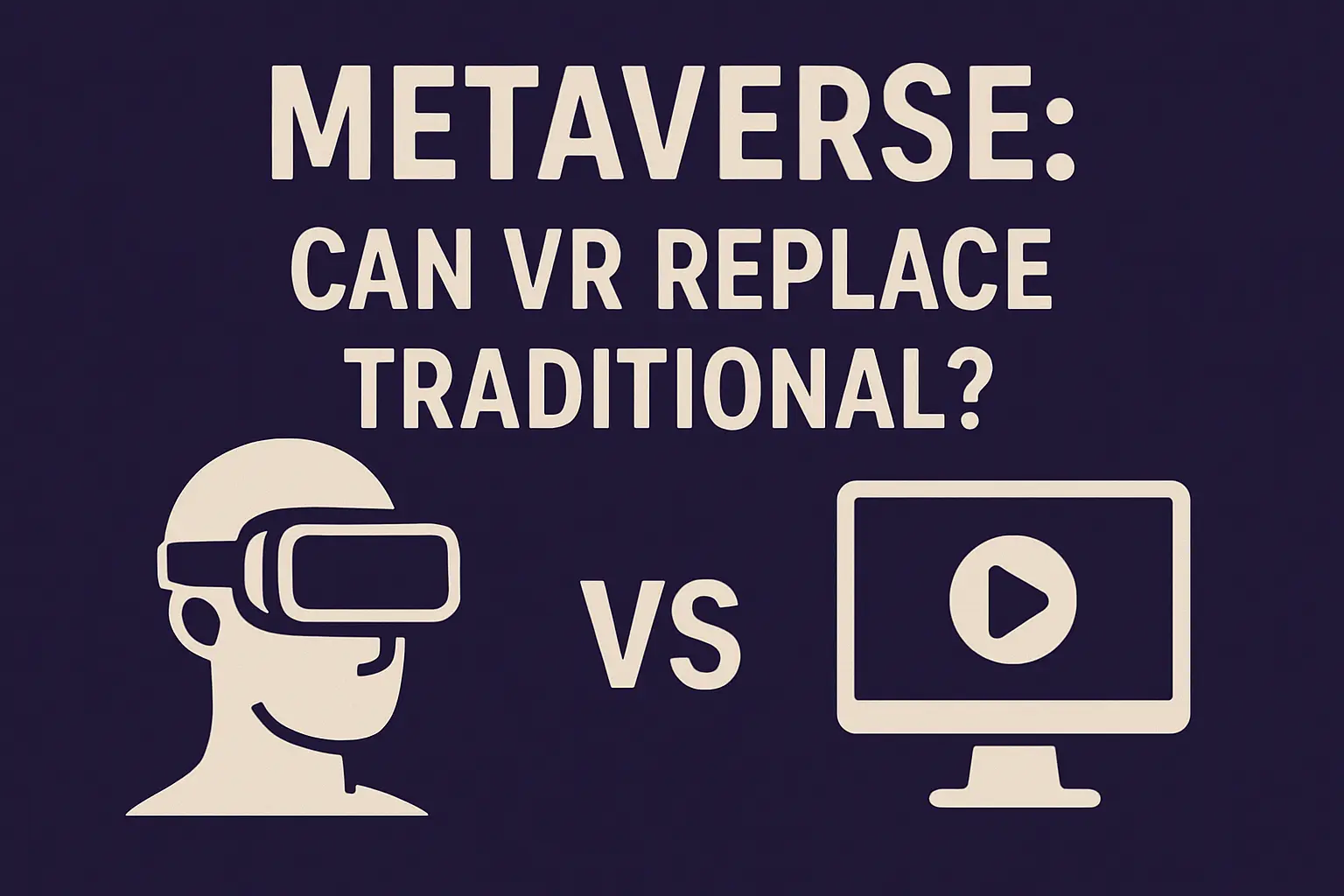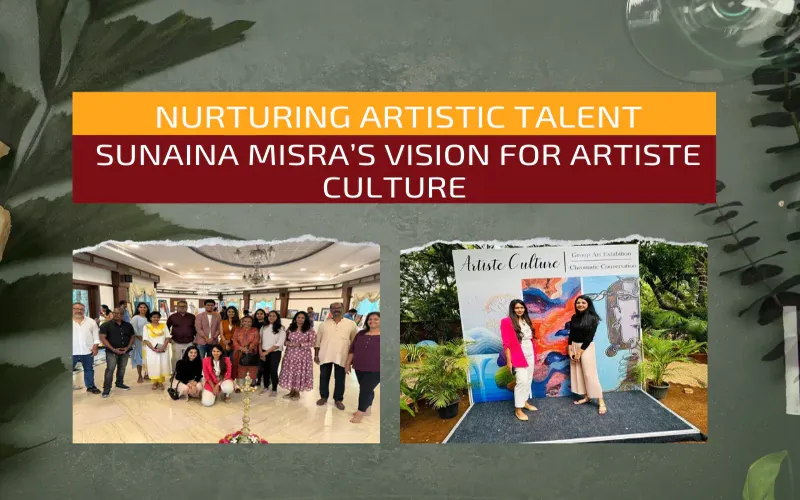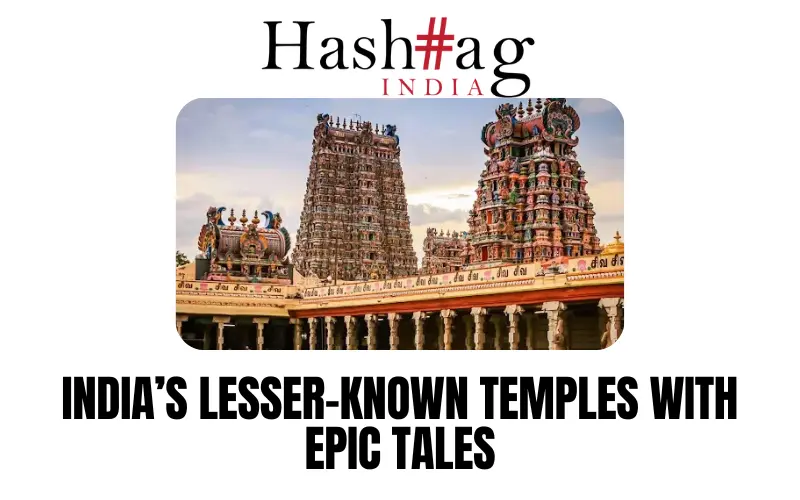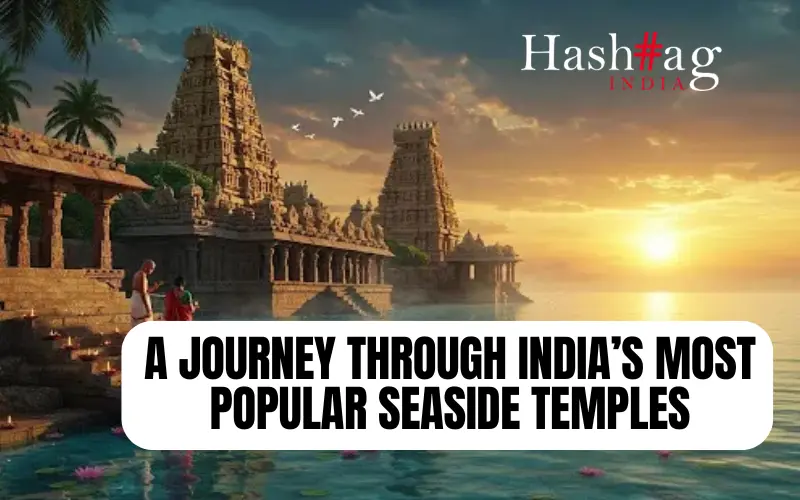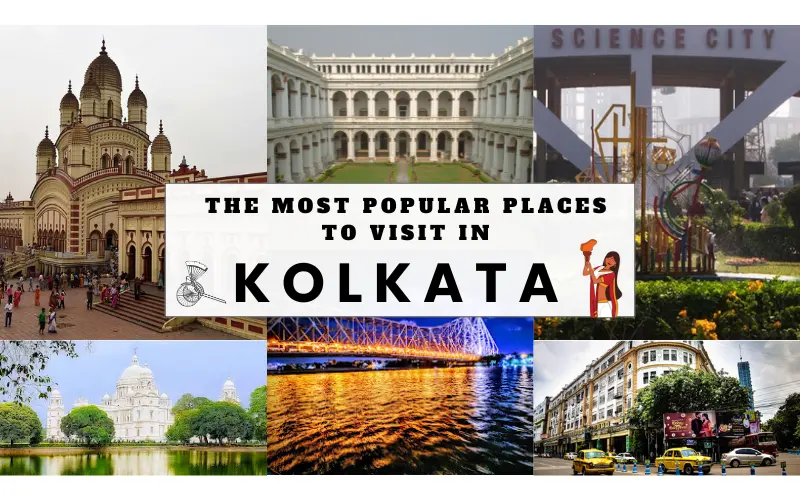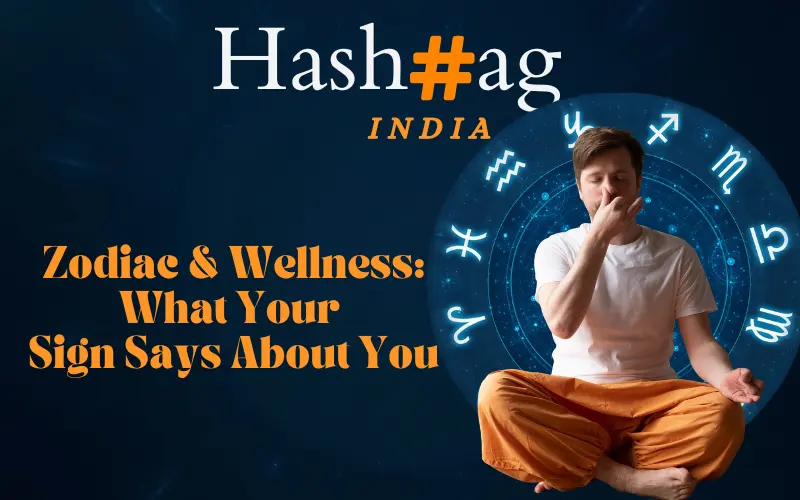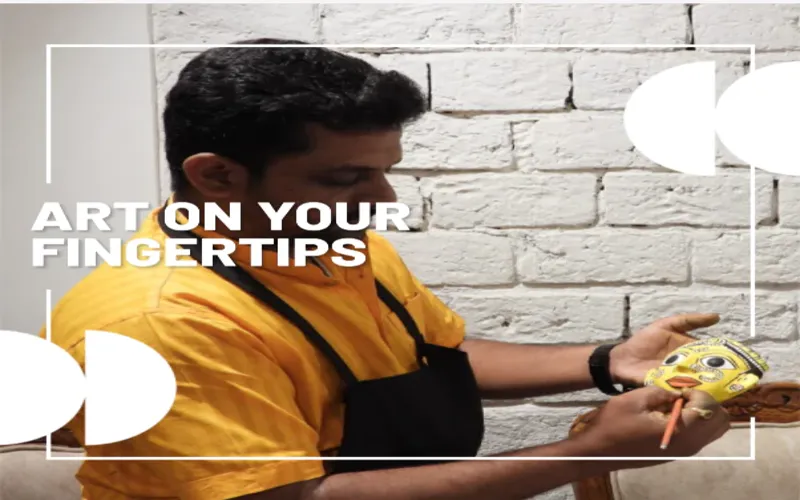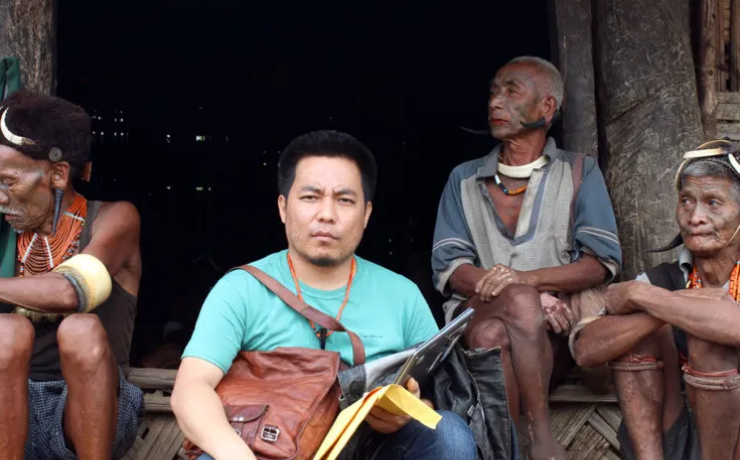The headline might seem cliched but there’s nothing cliched about the Museo Camera – Centre for Photographic Arts in Gurugram, Haryana. Mangala Ramamoorthy takes us through the museum and all of its facets.
Ever since the lockdown ended, I made several trips to this place and it was always for its quaint in-house cafe, Fig, that serves some scrumptious delights and coffees (a review of which is on the way…) Each time I passed through the museum, I promised myself to take some time out to actually see the museum. I even picked up the tickets in advance so as to find the motivation to make it during the next visit. But that is not the point I am trying to make. It was a casual chat with my eager eight-year-old boy that got me going. “We all click pictures every day. Then why do you need a museum for it? Why is it so important??” Attaboy! That got me thinking.
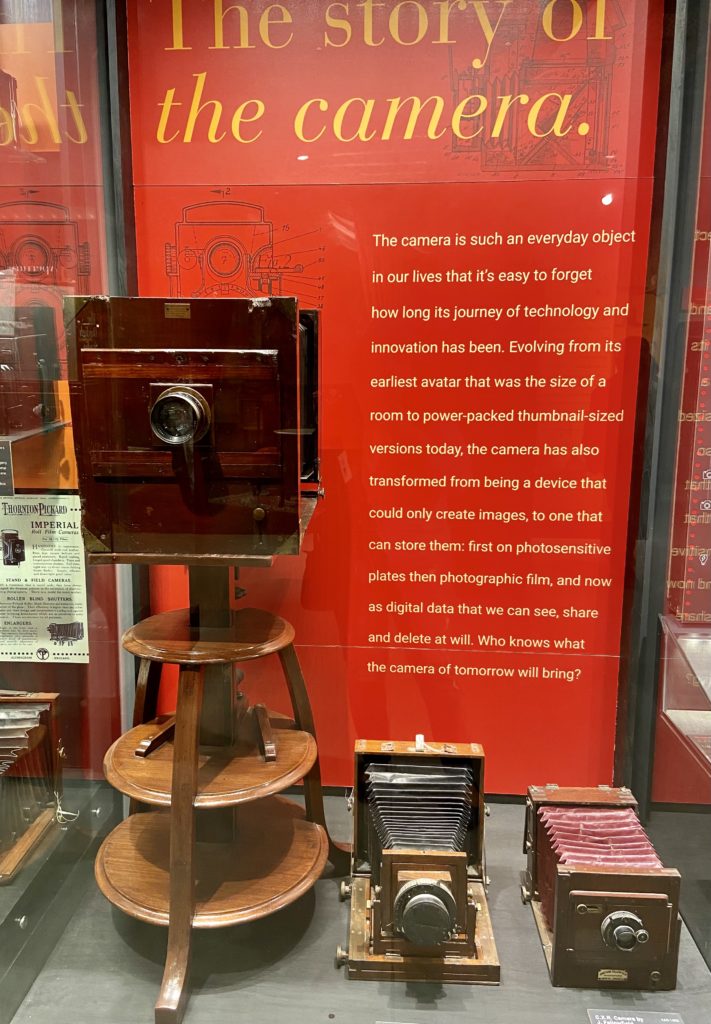
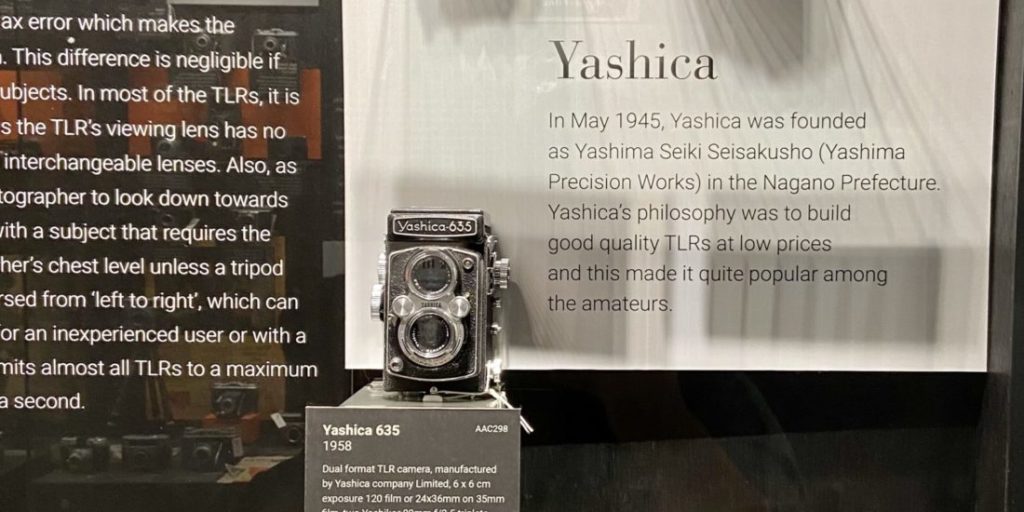
In our world of megapixels and TB storage, capturing everyday little moments seem such a simple activity that it is mundane to even think about it unless, of course, you are a professional photographer. That’s when I realised how little we know about photography itself and the many inventions that were made before we took this art for granted. So, I decided to go with my boy in tow. And what a revelation it turned out to be!
Museo Camera – Centre for Photographic Arts in Gurugram is a visual treat into the practice, process, innovation and alchemy of this art form.
The largest non-for-profit photography museum in South East Asia, Museo Camera is a result of a partnership between India Photo Archive Foundation and the Municipal Corporation of Gurugram. It was first opened to public at the end of 2019. The 18,000 sq. ft space is dedicated to the art and history of photography from the 1870s to the digital era and brings to life the passion and 40-year-long perseverance of Aditya Arya, an eminent commercial and travel photographer and 2000+ of his personal collection of rare and iconic cameras and other related equipment. You may have seen vintage cameras in old movies and other exhibitions, but the variety here will stump you. It is a visual treat into the practice, process, innovation and alchemy of this art form.
Walking around the ground floor, you get to learn how the camera captures an image and about various techniques using salt, plant pigments, egg albumen and gum bichromate that were used to print it. You get introduced to the French inventor, Joseph Nicéphore Niépce, who used the primitive camera to produce the oldest surviving photograph of a real-world scene and Louis Daguerre, who invented the first practical process of photography, known as the daguerreotype. But most importantly it introduces you to John Herschel who coined the use of the terms photography, positive, and negative to refer to photographic images.

The current photography exhibition in play is Lockdown Dairies, an interesting melange of perspectives on life during the mandatory Covid-19 Lockdown period through the lens of various photographers.
Do check out the spy cameras, the first-ever magnesium flash and one of the early forms of the projector called the magic lantern. There’s a space dedicated to inventors and camera equipment manufacturers like Nikon, Canon, Kodak, Yashica, Zeiss and the likes, taking us through their individual journey that made them such legends. What really piqued my interest was the huge aerial cameras similar to the ones used to capture images from the World Wars. Remember the famous image of the mushroom cloud up the skies of Nagasaki in August 1945 after the nuclear blast? It was shot using the Fairchild K-20 hand-held manual aerial camera. Also, watch out for the stereoscope installation on the other side of the gallery and see how 2D images are used to bring out a 3D illusion and add depth to the image.
Don’t be surprised to bump into the Founder and Curator, Mr Arya, like we did as he often spends time at the museum talking to visitors and patiently answering their questions, including the ones from my son.
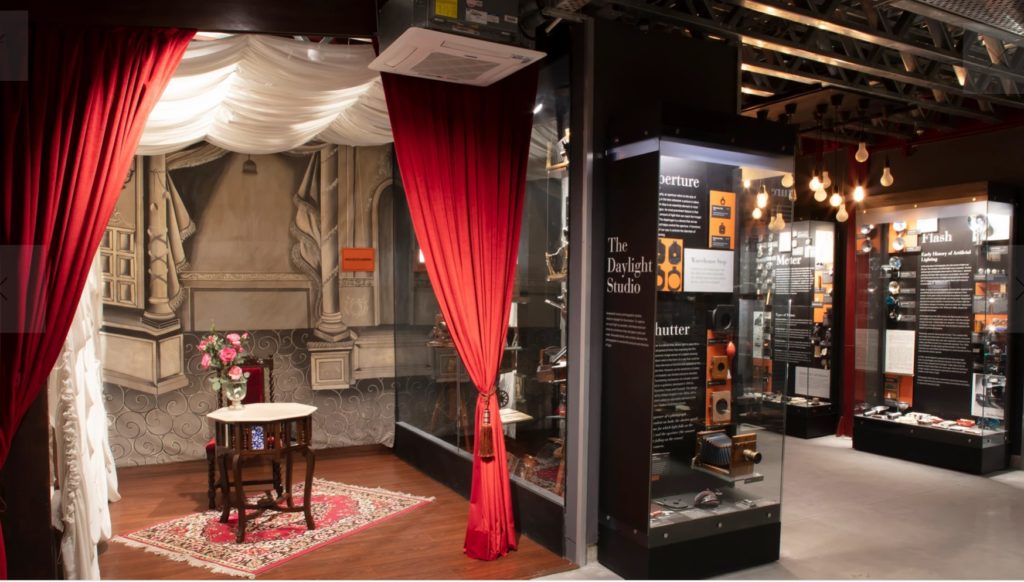
The first and second-floor galleries generally host photography exhibitions. Currently in play is Lockdown Dairies, an interesting melange of perspectives on life during the mandatory Covid-19 Lockdown period through the lens of various photographers. On the second floor is a trip down history—original photos from the freedom movement by the famous Kulwant Roy.
The place also regularly conducts seminars, talks and walkthroughs and has a modern studio, a dark room to develop analogue images and a reference library.
Open 7 days a week
Timing: 11 am to 7 pm
Address: Shri Ganesh Mandir Marg, DLF Phase 4, Gurugram, Haryana 122002
Website: www.museocamera.org
Entry tickets: Rs 100 per adult, free for children under 10 years of age and students get a 50% discount.


